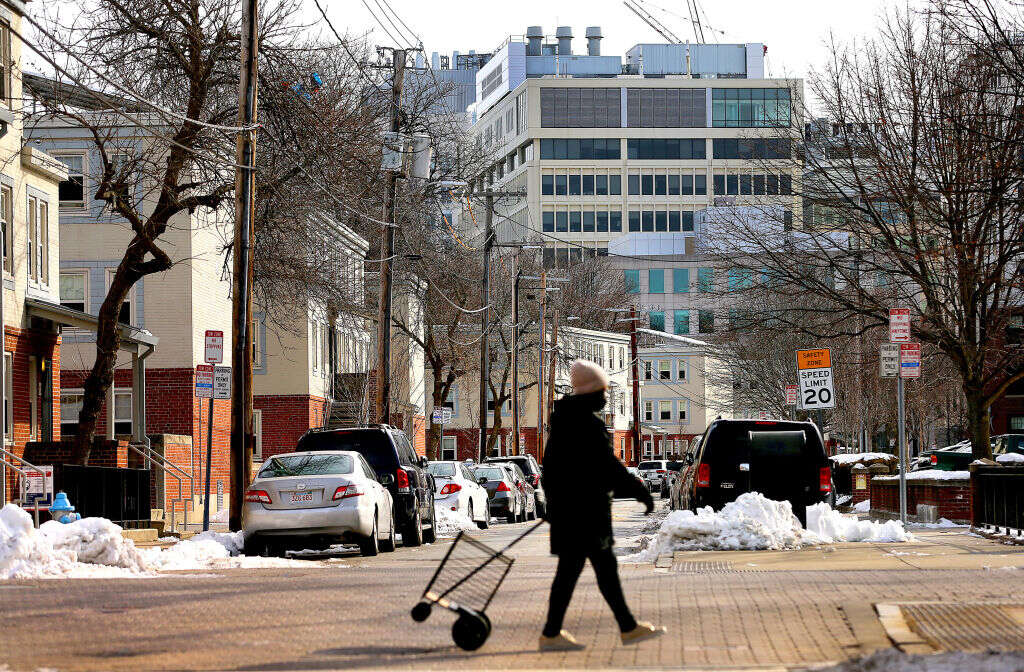
In 2021, US national income inequality increased for the first time in a decade. The national median income was just over $70,000, which when accounting for inflation was around the same as the year prior.

However, 2021 was the first year since 2011 that income inequality – measured by the Gini index – increased, meaning income in the US became more unevenly distributed.
Using pretax money income, the Gini index increased by 1.2% between 2020 and 2021, to 0.494. Prior to 2011, the Gini index had not increased annually since 1993.
The growth in income inequality this year was driven by a real-term decline in income for those at the bottom of the income scale. The tenth decile of income in 2021 was $15,660, compared with $16,386 in 2020.
But this hides significant geographic and demographic variations. Nationally, the average Hispanic household income is 81% of the average white household income, and the average black household is 62%.
Analysis of the latest census data shows which cities have the most income disparity, and the most racial income inequality.
Which cities in the US have the most income inequality?
Using the Gini index of income inequality, which is calculated based on what proportion of society holds the majority of the wealth, Miami, Florida, was the most unequal city in 2021 in the US.
Its ranking moved up one place before the pandemic, although its Gini coefficient has stayed the same. Its ranking change is primarily due to a slight improvement in inequality in Atlanta, Georgia, which was the most unequal city in the US in 2018, and is now in fourth place.
Which cities have the most racial income disparity?
San Francisco has moved up the list by eight places since 2018, to become the US's ninth-most unequal city. In part this is due to the very high levels of wealth for parts of the city driven by the tech economy, San Francisco has a median income of $122,000, second only to San Jose.
But these median figures can hide huge racial disparity. The median black household income in the US is $46,800, 62.4% of the median white household income. Median Hispanic income is slightly higher at 80.8% of their white counterparts.
In San Francisco, while the average household income for a white household is $162,000, the median Hispanic household income is $75,5000, and the median black household income is $46,000. The average black household income is just 28.5% of the median white household.
In other key tech and business cities, Seattle, Atlanta, Washington, DC, and Chicago, black household income is less than 40% of the average white household.
On the other end of the spectrum, in cities like Santa Ana, Tucson, Irving and Chandler in California, Texas and Arizona, respectively, black and Hispanic household incomes are closer to their white counterparts.
Dividing the population into quintiles by income gives a clearer picture of the income distribution. At one end of the scale, the average income within the bottom 20% in 2021 was $14,439, while the average in the top quintile was $253,601, 17.6 times higher.
In Boston, New Orleans and Washington, DC, top earners all have over 30 times the income of those in the bottom quintile.
Gilbert, Arizona, is the only city in the US with a population of 250,000 or more, where the difference between the top and bottom quintiles is less than tenfold.
[Read more: New census data shows how the pandemic affected the racial diversity of US cities]






